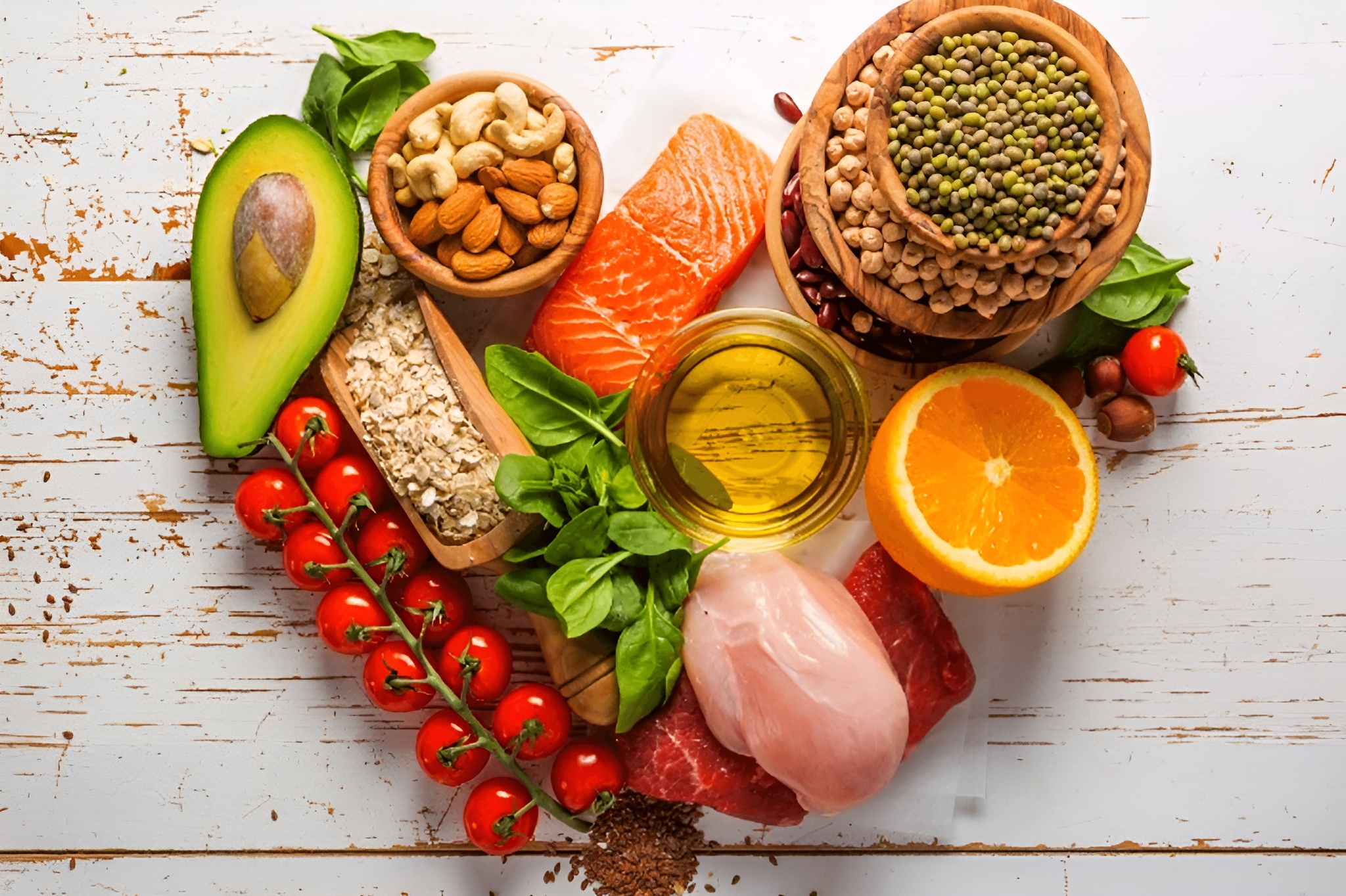Managing blood sugar can feel overwhelming, especially when there are so many conflicting ideas about what to eat and how to manage it. Whether you’re looking to prevent spikes or just maintain more consistent energy levels throughout the day, understanding the right foods can make a world of difference. Below is your ultimate guide to balancing blood sugar, featuring simple steps and essential food knowledge.
Why Blood Sugar Balance Matters
Your body relies on balanced blood sugar levels to function properly. When blood sugar spikes and crashes, it can lead to irritability, fatigue, and difficulty concentrating. Over time, uncontrolled blood sugar levels can also increase the risk of more serious health concerns, such as type 2 diabetes. The good news is, managing blood sugar doesn’t have to be complicated. By making mindful food choices, you can maintain more stable blood sugar levels and feel better throughout the day.
Foods to Support Stable Blood Sugar Levels
Here’s a breakdown of the best foods to include in your daily routine to help keep blood sugar steady. These foods not only provide sustained energy but also help avoid sudden highs and lows in your blood glucose.
- Leafy Greens
Dark, leafy greens such as spinach, kale, and Swiss chard are low in carbohydrates, making them an excellent choice for supporting balanced blood sugar. These veggies are packed with vitamins, minerals, and fiber that can help regulate glucose levels. - Whole Grains
Opt for whole grains like quinoa, barley, and brown rice, as they contain more fiber than their refined counterparts. Fiber helps slow down the absorption of sugar, leading to more stable glucose levels. They also offer a rich source of vitamins and minerals that support overall health. - Berries
Berries like blueberries, raspberries, and strawberries are not only delicious but are also lower in sugar than many other fruits. They are packed with antioxidants, which are beneficial for reducing inflammation and protecting against damage to cells. - Legumes
Beans, lentils, and chickpeas are rich in fiber and protein, making them excellent choices for stabilizing blood sugar. They’re also packed with vitamins and minerals that support digestion and metabolic health. - Nuts and Seeds
Almonds, walnuts, chia seeds, and flaxseeds are great sources of healthy fats, fiber, and protein. These foods have a low glycemic index, meaning they help keep blood sugar levels stable without causing sharp spikes. - Healthy Fats
Including healthy fats like olive oil, avocado, and fatty fish (such as salmon) can improve insulin sensitivity. These fats are important for hormone regulation and support overall health, all while helping to keep blood sugar levels in check.
Foods to Avoid or Limit
Just as important as knowing what to eat is understanding what foods to limit in your diet. These foods can cause blood sugar spikes, leading to energy crashes and greater difficulty managing your levels.
- Refined Carbohydrates
Foods like white bread, pastries, and sugary cereals can quickly raise blood sugar levels. These refined carbs are digested and absorbed too quickly, causing rapid spikes followed by crashes that leave you feeling tired and irritable. - Sugary Beverages
Soda, sweetened teas, and sugary coffee drinks are loaded with simple sugars that quickly flood the bloodstream. These drinks have little nutritional value and can lead to large spikes in blood sugar. - Processed Snacks
Packaged snacks such as chips, cookies, and crackers often contain unhealthy fats, refined sugars, and processed carbs, all of which can contribute to fluctuating blood sugar levels. Opting for whole food alternatives can provide more consistent energy. - Fried Foods
Fried foods, while tasty, are often loaded with unhealthy fats that can impair insulin function. These foods may also cause inflammation, making it harder for your body to regulate blood sugar.
Building a Balanced Meal
To create a blood-sugar-friendly meal, focus on combining protein, healthy fats, fiber, and low-glycemic carbohydrates. For example, try pairing grilled chicken with quinoa and a side of sautéed spinach, or have a snack of a handful of almonds and some berries.
When planning your meals, try to include a mix of foods that help slow sugar absorption and maintain energy levels over time. The more you build these types of balanced meals into your daily routine, the easier it becomes to manage your blood sugar naturally.
Lifestyle Tips for Better Blood Sugar Control
- Stay Active
Physical activity, especially strength training and aerobic exercise, can improve insulin sensitivity and help your body better regulate blood sugar. Aim for at least 30 minutes of moderate exercise most days of the week. - Stay Hydrated
Drinking water throughout the day helps your kidneys flush out excess sugar and supports your overall health. Try to avoid sugary drinks and stick to water, herbal teas, or unsweetened beverages. - Manage Stress
Chronic stress can interfere with blood sugar control by releasing hormones like cortisol. Incorporating stress-reducing practices such as mindfulness, yoga, or deep breathing exercises can be incredibly helpful. - Get Enough Sleep
Poor sleep can disrupt hormones that regulate blood sugar, making it harder to maintain stable levels. Aim for 7-9 hours of quality sleep each night to support better blood sugar management.
Final Thoughts
Managing blood sugar doesn’t have to be complicated. By focusing on whole, nutrient-dense foods and avoiding processed, sugary options, you can support stable blood sugar levels naturally. Along with healthy eating, regular physical activity and mindful stress management can also go a long way toward maintaining balance.
This simple guide is just the beginning. Start incorporating these food choices and lifestyle tips today to take charge of your blood sugar and improve your overall health.

